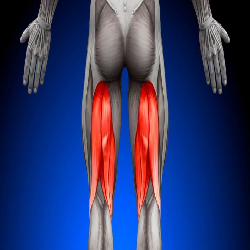
Why this studies are relevant?
Hamstring injuries have long been the bane of athletes’ participation in sport among those who engage in sprinting and explosive movements, primarily because of both the high occurrence and recurrence rates. These injuries appear to create subsequent weakness at the muscle’s lengthened state, predisposing the athlete to further injury. Lengthened state eccentric training may increase the end range strength resulting in fewer reinjuries and therefore should be incorporated in the rehabilitation process.
These articles summarize the studies on hamstring strain, mechanism, to identify the risk factors in the last several decades and to provide compendium of the current evidence for the clinicians to improve quality of rehabilitation, decision making for return to the sports after hamstring injuries, examine the risk factors contributing to such a high recurrence rate and propose a unique rehabilitation strategy addressing these factors in order to decrease the rate of reinjury.
ABSTRACT :
Hamstring strain injuries are one of the commonest injuries in sports which involve high speed skilled movements of lower limbs or extensive muscle lengthening type maneuver with hip flexion and knee extensions. Basic science studies have demonstrated that a muscle strain injury occurs due to excessive strain in eccentric contraction instead of force, and that elongation speed and duration of activation before eccentric contraction affect the severity of the injury. The purpose of this narrative review of literature is to summarize the studies on hamstring strain, mechanism, to identify the risk factors in the last several decades and to provide compendium of the current evidence for the clinicians to improve quality of rehabilitation and decision making for return to the sports after hamstring injuries.
For full text subscribe our news letter…………..


